Mažeikiai is one of Samogitian cities in north-western Lithuania, on the Venta River. At first, it was just a small village surrounded by swampy forests. It started growing rapidly in 1874 when the Mintauja (Jelgava) railway branch was constructed, and the designers decided to locate one of the railway stations at the outskirts of Mažeikiai Village. In the 1880s, the first plots of land were distributed for house construction in this swampy and wooded area. The first streets were built not far from the railway. At that time, the majority of buildings were wooden, only a few were built of bricks. Laisvės Street, now located in the Old Town, was the central street and was called Big Street until the end of the First World War. The street, which from the very beginning was surrounded by forests, was not long, but very difficult to drive due to potholes and mud. Therefore, in the year 1895, the street was paved with field stones. They were undressed, rough and irregular in shape, but arranged in a skilful way. Unfortunately, when asphalting the current Laisvės Street, the old pavement having the historical value was not preserved.
Today, the stones in Mažeikiai City have another purpose – they have become works of art. Most of them are located on the central street and streets branching from it. These streets still “remember” the road surface, which Samogitians used to call “the devil’s pavement”. There are still plenty of stones of various sizes and shapes in the fields – they keep popping up like mushrooms from the ground. When creating monuments, busts or sculptures in the city, the boulders from Mažeikiai District are used.
The route starts on Laisvės Street from Mažeikiai Gymnasium named after Merkelis Račkauskas. In the autumn of 1983, the first artistic monument, created by a professional sculptor, was built near this Gymnasium. This is one of the six works made during the republican symposium held in Seda Town. When planning the route in Mažeikiai Old Town, objects of different shapes, heights and sizes, located not far from each other, were selected. On this route, sculptures and monuments prevail. Three selected works of professional sculptor Paulius Daujotas attract special attention due to harmonious combination of stone and metal. All the objects of this route are works of nature, which thank to human hands, began “speaking”, acquired a new form and a new meaning.


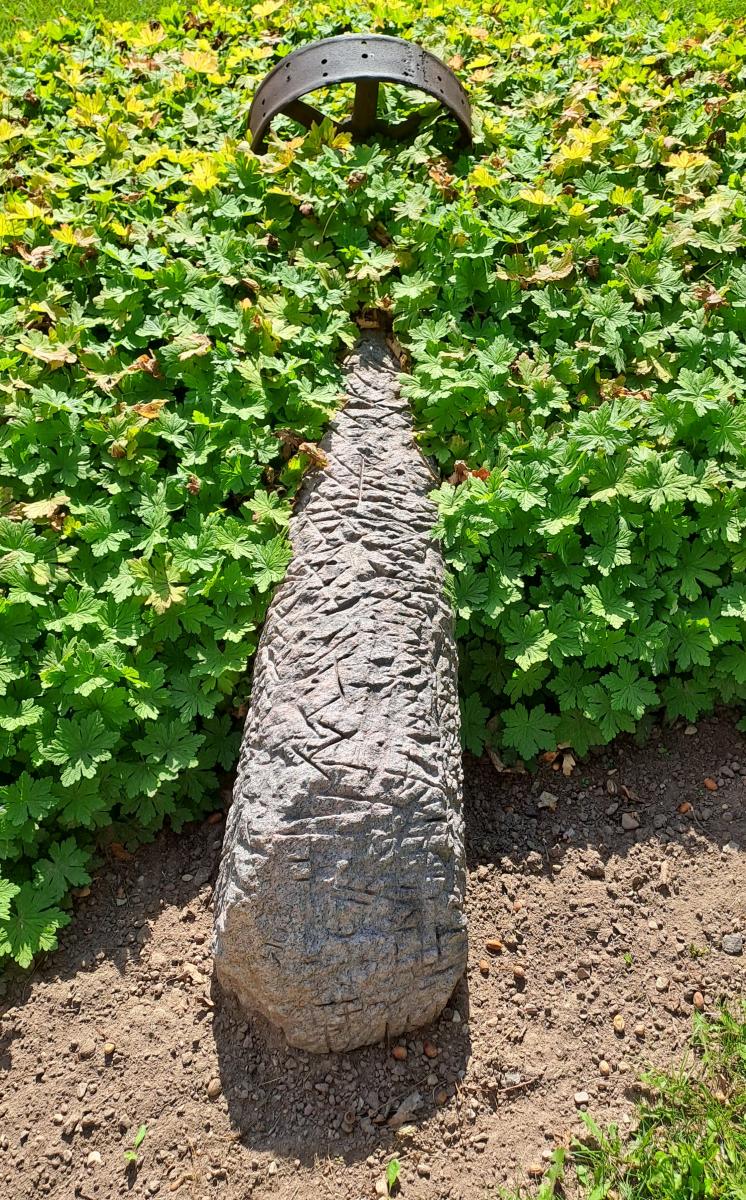
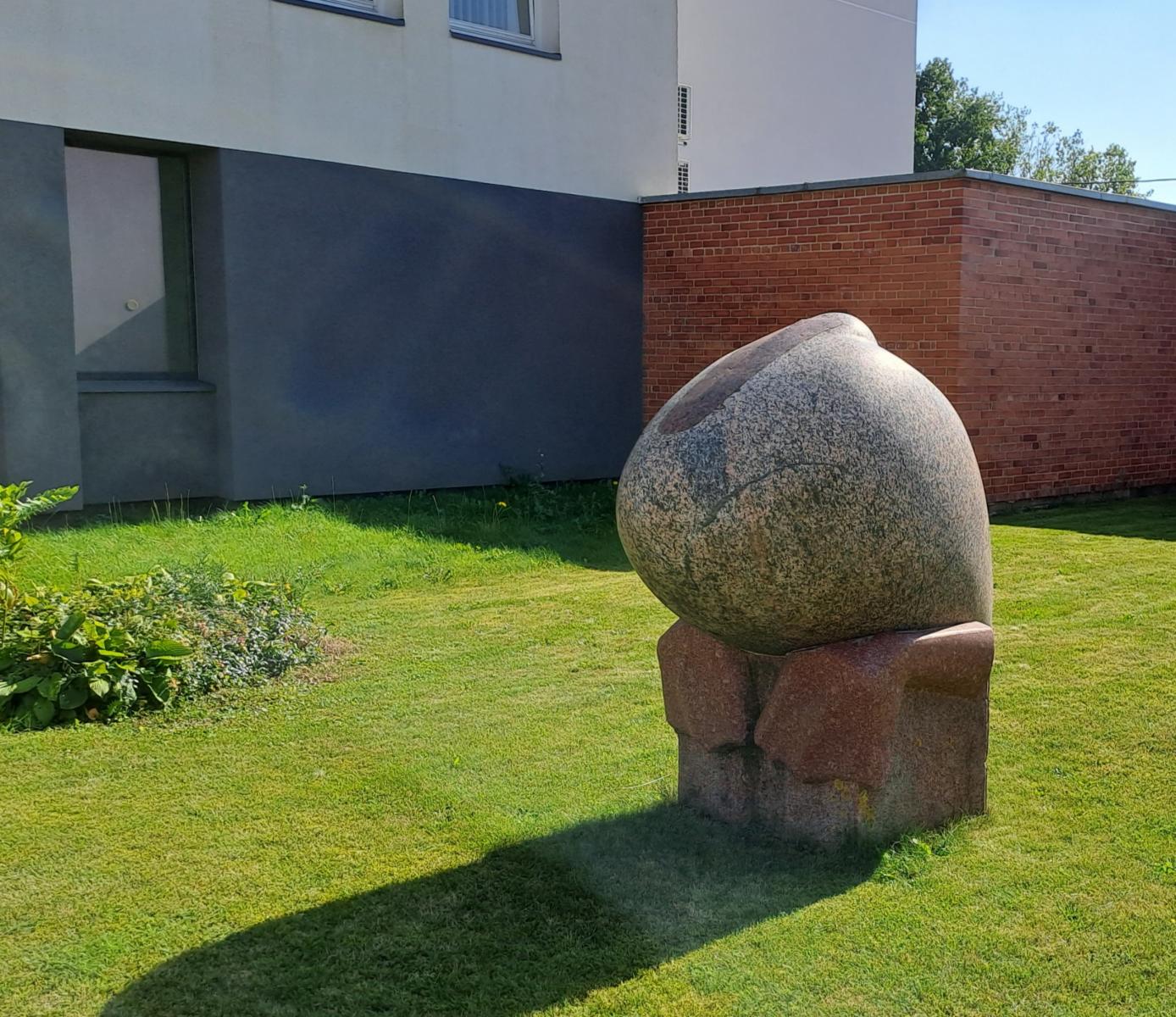
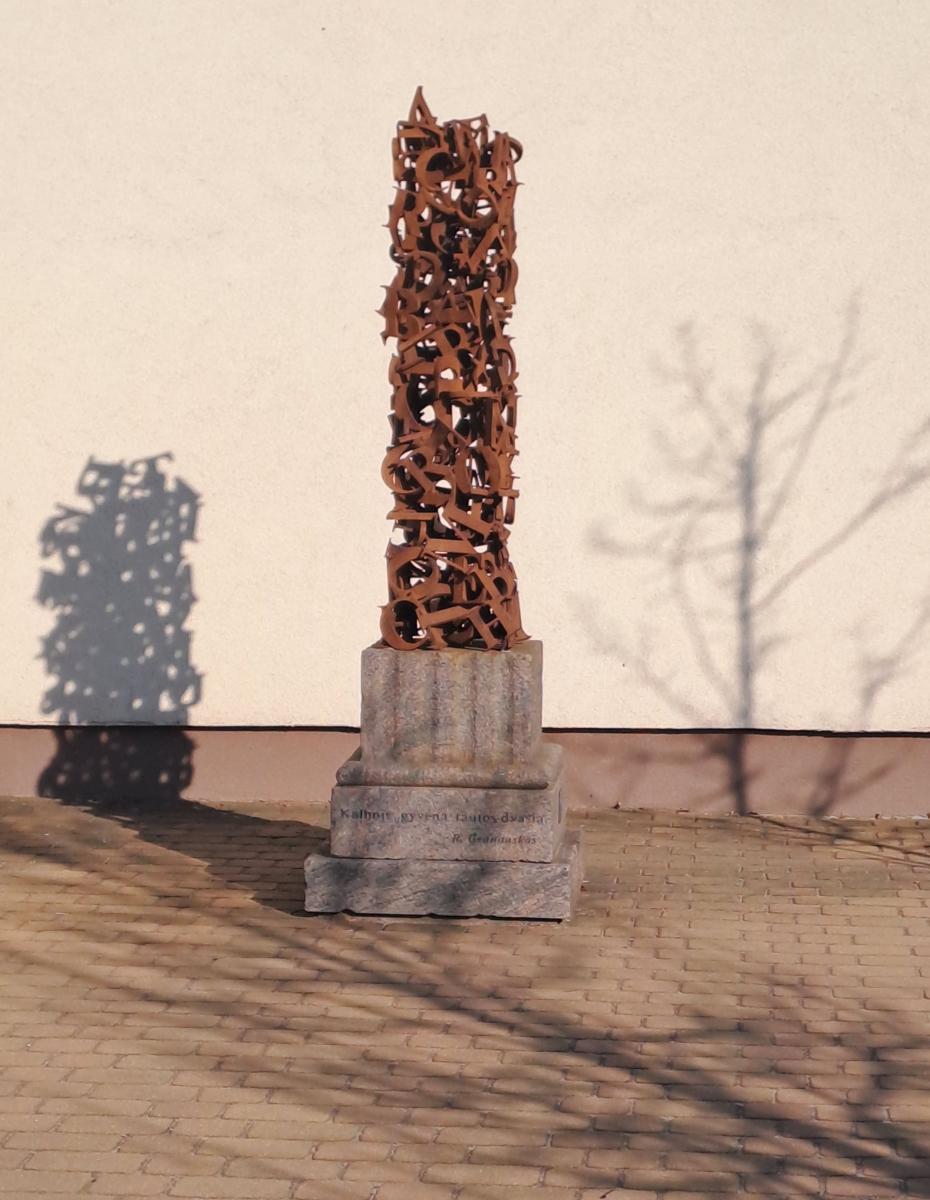
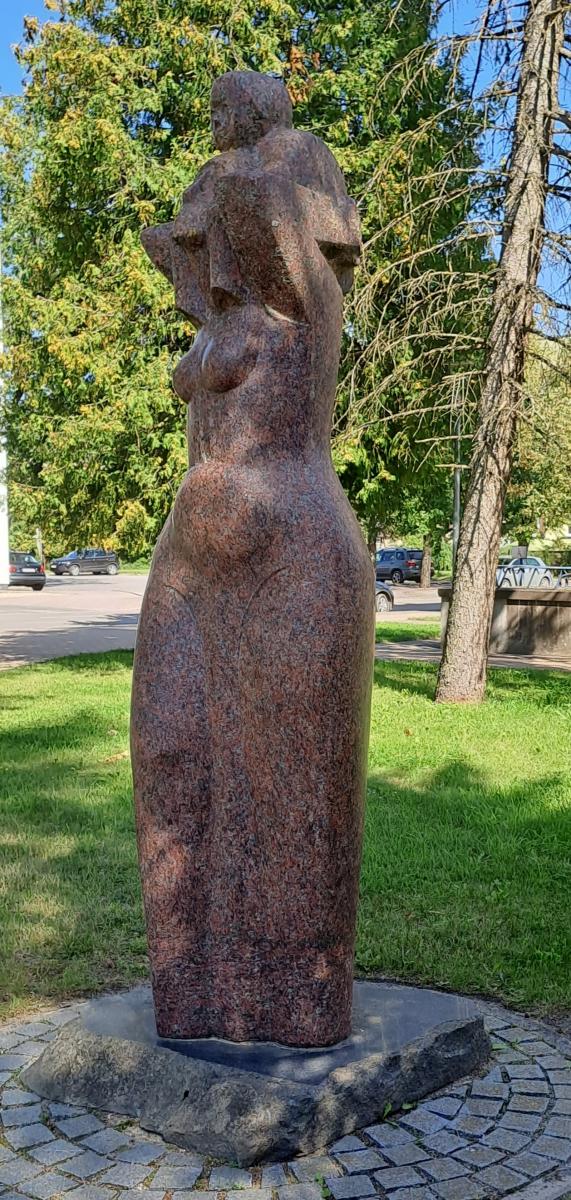
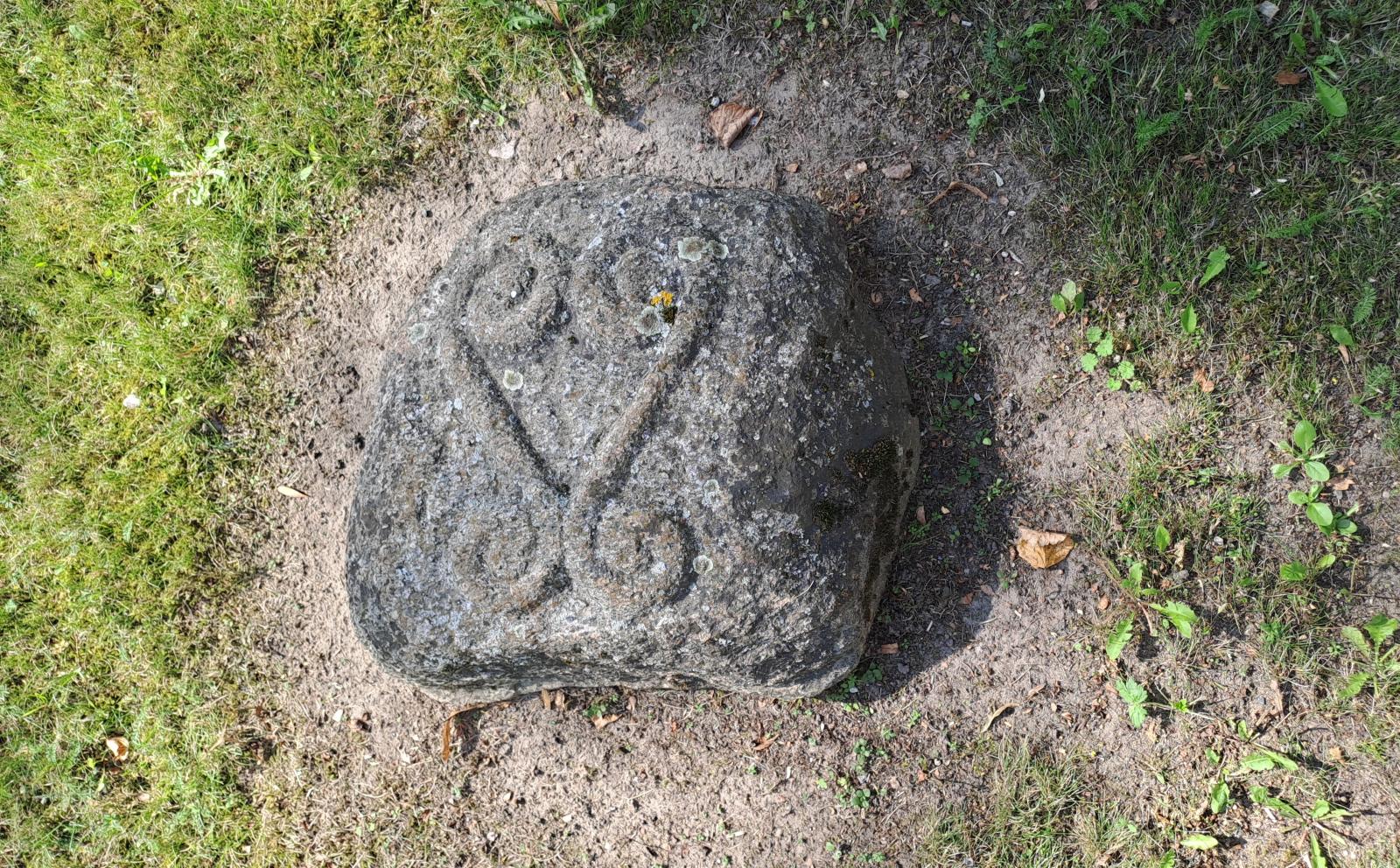



























Reviews